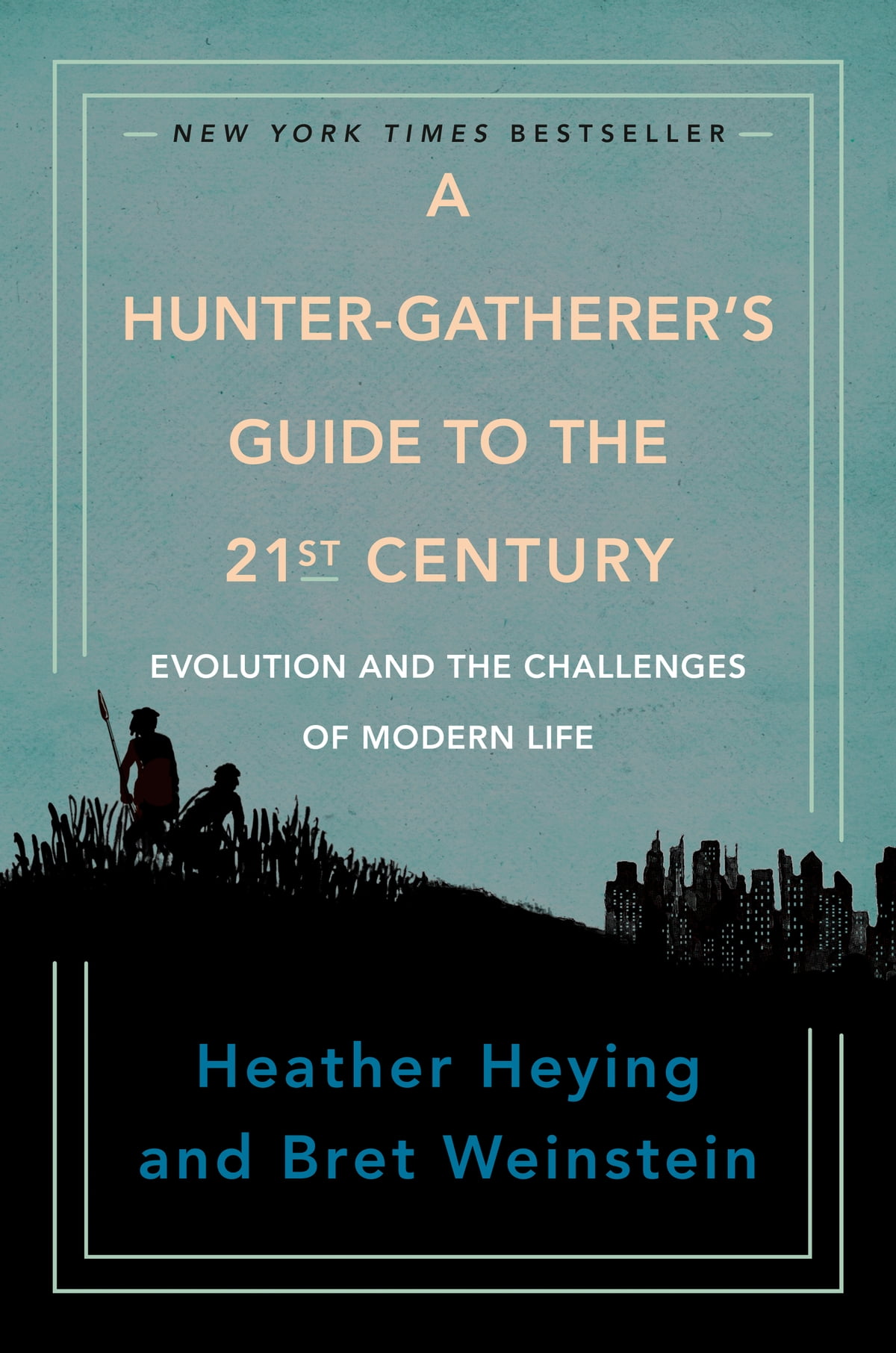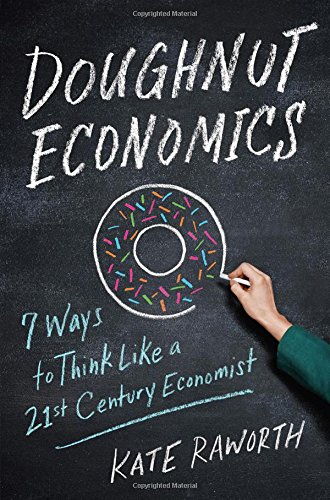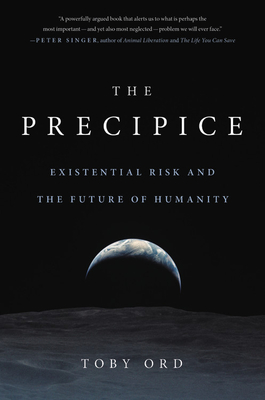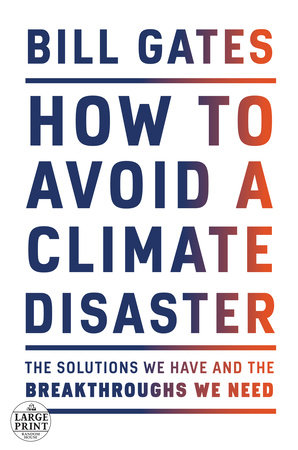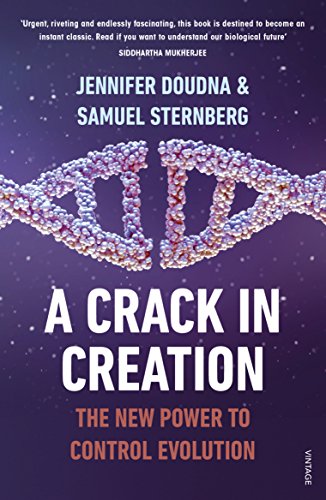Sapiens
by Yuval Noah Harari
- Science
- Ashto =
- Jonesy =
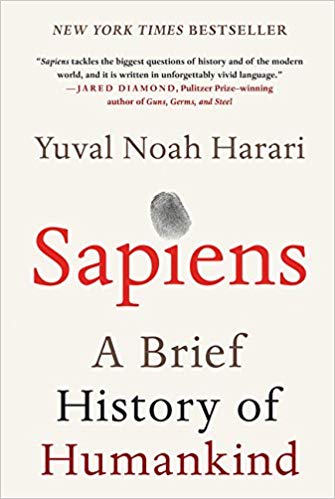
Sapiens – by Yuval Noah Harari
In Sapiens we see how far humans have come since we were once apes. We evolved in many different directions – survival in the snowy plains of northern Europe required different traits than those needed to stay alive in Indonesia’s steaming jungles. We quickly dispelled of our other human brothers, such as the Neanderthals, because we were given a unique gift: the ‘Tree of Life Mutation’ sparked a cognitive revolution that allowed us to communicate in unique ways. We quickly jumped to the top of the food chain, and by evolutionary standards, we dominated planet in no time. Yuval Noah Harari illustrates an exciting and educational tale as our journey continued through the agricultural, scientific and industrial revolutions.
Sapiens Summary
Over 150,000 years ago Homo Sapiens had evolved to look like we do today – but we were minding our own business on a corner of Africa. About 70,000 years ago our species spread to the Arabian peninsula and quickly over ran the entire Eurasian landmass. We went over and met the Neanderthols. These brothers and sisters had bigger brains, were stronger and more adapted to the colder climates. We also bred with them. It turns out 1-4 % of DNA of modern populations in middle east and europe is Neanderthol DNA. But Homo-sapiens are the final species living to tell the tale. What was our secret to our success?
The Cognitive Revolution
The most commonly believed theory that caused it was that we had genetic mutations which changed the inner wiring of our brains, enabling us to think in unprecedented ways and to communicate in new languages. This new way of thinking in this time constitutes the cognitive revolution. We could now ingest, store and communicate a lot of information about the surrounding world.
Our most unique ability to transmit information wasn’t about a lion, but more about the things that don’t even exist at all. A monkey can yell to its comrades , ‘ careful a lion’!, but we can tell another human that ‘this morning, near the bend in the river, she saw a lion tracking a heard of gazelle’. Legends, myths, gods and religions appeared for the first time with the cognitive revolution. It was the invention of fiction allowed us to cooperate together – we now had the ability to say ‘the lion is the guardian spirit of our tribe’. You could never convince a monkey to give you a banana by promising thousands of bananas after his death. But us humans, we shared common myths that gave us the ability to co-operate effectively in large numbers. We could now create groups of 10,000 people and have empires holding 10 million people.
While we can’t get inside a Neanderthal brain, we have indirect evidence of their limitations. When archaeologists dig Sapiens sites, they see seashells that show signs of trade. There are no signs of this from Neanderthals. Trade cannot exist without trust. The global trade network of today is based on our trust in such fictional entities as the dollar, federal reserve bank and Corporations.
The Agricultural Revolution
Homo-sapiens originally had to hunt and gather our food until 10,000 years ago. Here we began to devote almost all our time and effort to manipulating the lives of few animal and plant species. From sunrise to sunset, we begun to sow seeds, water plants and pluck weeds. It began in Turkey and western Iran in a geographically constricted area. Wheat and goats were domesticated by approximately 9000 BC. It spread fast and wide from here, but it also was invented independently in most parts of the world. Until by 100AD, most of the world were agriculturalists.
The average farmer worked a lot harder than the average forager, and got a worse diet in return – the Agricultural Revolution was history’s greatest fraud. We had not evolved for these agricultural tasks. We were adapted to climb an apple tree and run after a gazelle, not to clear rocks and carry water buckets. Our spines, knees, necks and arches paid the price. Studies of ancient skeletons shows many new issues developing in our species. The revolution offered nothing for people as individuals, but it gave a lot to our species. Cultivating wheat provided much more food per unit territory and enable us to multiply exponentially. Extra hands were needed in he field but the extra mouths wiped out the food surpluses, so even more fields had to be planted.
The agricultural revolution is one of the most controversial I history. This is the turning point many say, where we cast of our intimate symbiosis with nature and sprinted towards greed and alienation. Our populations increased so rapidly, we couldn’t be sustained going back to hunting and gathering.
The Unification of Humankind
Hunter gatherers had no money. Different band members specialised in different tasks, but they shared the good and services through favours and obligations. Little of this changed at the start of the agricultural revolution. Each village was self-sufficient economic unit maintained by mutual favours and obligations. One villager may be good at making shoes, another dispensing medical care, so villages knew where to run for shoes or if they got sick. But there was no room for full time shoemakers and doctors.
Rise of cities and kingdoms gave rise for the potential for specialisation. People who could specialise in wine and ceramics realised they are better off just working on the one thing and trade with others. But all of this specialisation created a problem, how to you manage the exchange of goods between specialists? If one hundred different commodities are traded in the one market, then buyers and sellers would need to know 4950 exchange rates. A lot of societies hence developed money. Money is the most universal and most efficient system of mutual trust ever devised.
The Scientific Revolution
If a Spanish peasant fell asleep in 1000AD and woke up 500 years later to Columbus sailing, he would have seen a world quite familiar. But if someone on Columbus ship in 1500AD fell asleep and woke up to the ringtone of an iPhone, he would have found this was a world beyond comprehension. The last 500 years have had an unprecedented growth in human power. Modern science differs from all other previous traditions of knowledge in 3 critical ways:
- Willingness to admit ignorance. This is based on the assumption that we don’t know. It accepts things we know now could be proven wrong
- Having admitted ignorance, modern science aims to attain new knowledge
- Modern science is not content with just theories. But is looking to acquire new powers and new technologies
The Scientific Revolution came with the idea of progress. People could invest resources in research, and things could improve, and this could be translated in economic terms.




